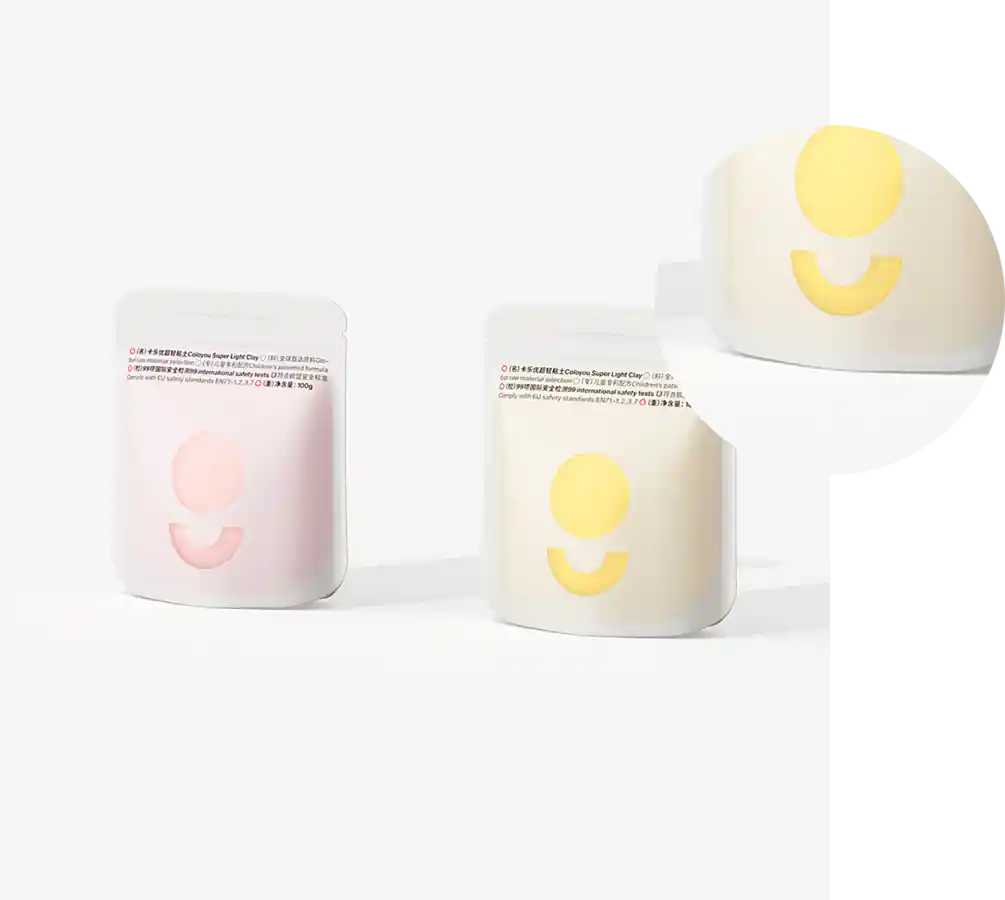- Afrikaans
- Albanian
- Amharic
- Arabic
- Armenian
- Azerbaijani
- Basque
- Belarusian
- Bengali
- Bosnian
- Bulgarian
- Catalan
- Cebuano
- chinese_simplified
- chinese_traditional
- Corsican
- Croatian
- Czech
- Danish
- Dutch
- English
- Esperanto
- Estonian
- Finnish
- French
- Frisian
- Galician
- Georgian
- German
- Greek
- Gujarati
- haitian_creole
- hausa
- hawaiian
- Hebrew
- Hindi
- Miao
- Hungarian
- Icelandic
- igbo
- Indonesian
- irish
- Italian
- Japanese
- Javanese
- Kannada
- kazakh
- Khmer
- Rwandese
- Korean
- Kurdish
- Kyrgyz
- Lao
- Latin
- Latvian
- Lithuanian
- Luxembourgish
- Macedonian
- Malgashi
- Malay
- Malayalam
- Maltese
- Maori
- Marathi
- Mongolian
- Myanmar
- Nepali
- Norwegian
- Norwegian
- Occitan
- Pashto
- Persian
- Polish
- Portuguese
- Punjabi
- Romanian
- Russian
- Samoan
- scottish-gaelic
- Serbian
- Sesotho
- Shona
- Sindhi
- Sinhala
- Slovak
- Slovenian
- Somali
- Spanish
- Sundanese
- Swahili
- Swedish
- Tagalog
- Tajik
- Tamil
- Tatar
- Telugu
- Thai
- Turkish
- Turkmen
- Ukrainian
- Urdu
- Uighur
- Uzbek
- Vietnamese
- Welsh
- Bantu
- Yiddish
- Yoruba
- Zulu
Comparing B Flute and C Flute Performance and Applications in Packaging Solutions
Comparing B Flute and C Flute Understanding Flute Technologies in Corrugated Packaging
When it comes to corrugated packaging, the choice of flute type can significantly affect the performance and features of the final product. Two commonly discussed flute types in the industry are B flute and C flute. Each has its specific characteristics, and understanding their differences is crucial for making informed decisions in packaging design and application.
Overview of Flute Types
Flutes are the wavy layers that are formed between the sheets of linerboard in a corrugated board. Their size and shape dictate the board's strength, cushioning properties, and overall structural integrity. The most common flute types include A, B, C, E, and F, each varying in height, thickness, and space between the flutes. Among these, B flute and C flute are frequently utilized in various applications, leading to a better understanding of how they work and what makes them suitable for specific purposes.
B Flute Characteristics
B flute is characterized by a narrower profile, with a height of approximately 1/8 inch (about 3.2 mm). Because of its smaller size, B flute provides a denser configuration that results in higher compression strength compared to larger flute types. This flute type is particularly advantageous in applications requiring stacking strength and crush resistance, making it ideal for items where protection during shipping and handling is crucial.
One of the primary advantages of B flute is its ability to produce a smooth surface for printing. This characteristic allows for high-quality graphics and branding opportunities, making it a popular choice for retail packaging where presentation is essential. Additionally, B flute offers a good balance between rigidity and flexibility, which can accommodate various packaging designs.
C Flute Characteristics
C flute, on the other hand, is taller than B flute, with a height of approximately 1/4 inch (about 6.4 mm). This larger flute size means C flute generally provides better cushioning and insulation properties, making it preferable for heavier and more fragile products. Its thickness allows for excellent impact resistance, which is critical for items that might suffer from shocks during transport.
b flute vs c flute

The increased height of C flutes also enhances the packaging's ability to absorb vibrations and drops, providing better protection for the contents. However, this advantage can come at the cost of surface smoothness, potentially resulting in less vibrant printing quality compared to B flute. Nonetheless, C flute remains a robust choice for shipping bulkier items or products needing extra protection during their journey to the consumer.
Choosing Between B Flute and C Flute
The decision between B flute and C flute ultimately depends on the specific requirements of the packaging application. For businesses prioritizing high-quality printing and relatively light items, B flute is often the appropriate choice. Its ability to produce crisp graphics while maintaining structural integrity makes it fascinating for retail packaging, display boxes, and various consumer goods.
Conversely, if the goal is to provide superior protection for heavier or fragile items, C flute would be the better option. Its cushioning qualities and resistance to crush and impact make it ideal for boxes designed to transport electronics, glassware, or any product at risk of damage during handling and shipping.
Economic Considerations
Cost efficiency also plays a role in the selection process. Generally, B flute may be slightly more expensive to produce due to the additional steps involved in creating smoother surfaces suitable for printing. However, this cost can be offset by potential increases in sales driven by better presentation and customer appeal. On the other hand, C flute might be more economical for companies whose primary focus is on safely transporting goods rather than on appearance.
Conclusion
In the end, whether to choose B flute or C flute is a decision that hinges on the specific needs of the product being packaged. Understanding the properties of each flute type allows businesses to make well-informed choices that maximize protection, aesthetics, and cost efficiency. By evaluating these factors, companies can ensure they select the ideal flute type for their packaging, leading to enhanced customer satisfaction and reduced damage during transit.













